Standard Volumetric Apparatus
The Application of Volumetric Analysis in Real Life Situations
Explain the application of volumetric analysis in real life situations
Volumetric
analysis has a variety of laboratory and industrial applications in
everyday life. The following are just a few of the applications (uses)
of volumetric analysis in daily life:
analysis has a variety of laboratory and industrial applications in
everyday life. The following are just a few of the applications (uses)
of volumetric analysis in daily life:
- Use in preparation of standard solutions:Standard
solutions are prepared by applying the knowledge of volumetric
analysis. Volumetric analysis is used in school, college and university
chemistry laboratories to determine concentrations of unknown
substances. The titrant (the known solution) is added to a known
quantity of analyte (unknown solution) and a reaction takes place.
Knowing the volume of the titrant allows one to determine the
concentration of the unknown substance. - Use in environmental and water safety:Titration
is important in environmental chemistry, where scientists can use it to
analyze acid rain or contaminants in surface water samples.
Environmental studies usually involve an analysis of precipitation and
its response to pollution. To quantify the degree of contamination in
natural rainwater or snow, titration is used. The process is quick and
results are reliable. Since most titration processes do not require
expensive or specialized equipment, the test can be performed often and
in different areas with relatively little effort.The safety of water is
based on its chemical ingredients. By analyzing wastewater, the extent
of contamination and the requirements for filtering and cleaning can be
determined. Titration is a key mechanism in this analysis. Often, more
specialized titration equipment is used in this application, which
measures ammonia levels in combination with other reactants to quantify
other chemicals present. - Use in food and beverage industry:In
the food and beverage industry, manufacturers must ensure their
products meet certain quality criteria or contain standard
concentrations of specific additives, so titration is often used to
analyze the products before sale. Wine is often affected by its degree
of acidity. It is possible to improve wine production by measuring
acidity using titration. Simple, inexpensive titration kits are
available to winemakers for this purpose. The results of a titration
test on wine can suggest if additional ingredients are necessary to
maintain its quality.In general, all brewing industries and distilleries
apply the knowledge of volumetric analysis (titration) to determine the
acidity and alcohol contents of their beers and other alcoholic
beverages.The process also finds ample use in food industry. The
compounds which make up food products help determine their nutritional
implications. Titration is one technique that assists in these studies.
The acidity of orange juice, for example, is easily determined using a
standard titration process. In this process, an electrode is added to a
solution made up of orange juice and deionized water. The titrant
catalyst then measures the acidity of the juice. Manufacturers can use
the technique to vary this quality to satisfy customers or those with
special nutritional needs. - Use in agriculture:Volumetric
analysis technique is used to determine the soil pH. This is important
because, if the pH of a certain soil is found to be extremely low or
high, corrective measures are taken by adding the correct quantity of
agricultural limes or other chemicals to make the soil suitable for
plant growth.The method is also used by agronomists and farmers to
analyse the kind and amount of plant nutrient elements present in a
particular sample of soil, the knowledge of which helps determine soil
fertility.
Industrial and Laboratory Skills of Volumetric Analysis
Compare industrial and laboratory skills of volumetric analysis
The
knowledge of volumetric analysis (titration) is used in hospitals and
medical laboratories to carry out such duties as preparation of
solutions and suspensions, blood analysis, and diagnosis of certain
diseases and health problems. For example, when dissolving a solid drug
to make a solution for injection, utmost precision is required to
measure the correct volume of liquid to be used to dissolve a correct
amount of solid drug to prepare the solution of a given concentration to
inject to a patient.
knowledge of volumetric analysis (titration) is used in hospitals and
medical laboratories to carry out such duties as preparation of
solutions and suspensions, blood analysis, and diagnosis of certain
diseases and health problems. For example, when dissolving a solid drug
to make a solution for injection, utmost precision is required to
measure the correct volume of liquid to be used to dissolve a correct
amount of solid drug to prepare the solution of a given concentration to
inject to a patient.
Also
titration is very important in the pharmaceutical industry, where
precise measurements of quantities and concentrations are essential
throughout the manufacturing process. Titration is thus an important
part of the pharmaceutical industry to ensure quality control. Many
variations of the titration technique are used, and specialized
equipment for pharmaceutical titration is often developed to make the
process more efficient.
titration is very important in the pharmaceutical industry, where
precise measurements of quantities and concentrations are essential
throughout the manufacturing process. Titration is thus an important
part of the pharmaceutical industry to ensure quality control. Many
variations of the titration technique are used, and specialized
equipment for pharmaceutical titration is often developed to make the
process more efficient.













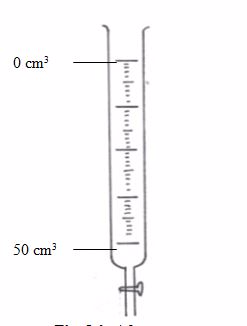

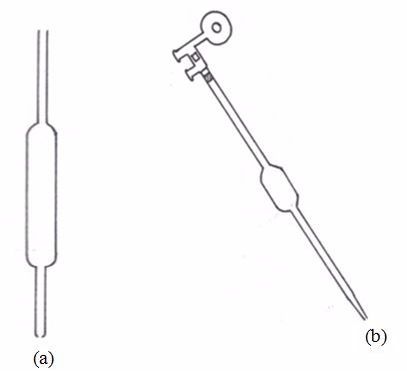
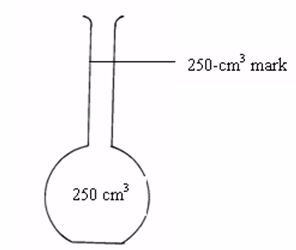
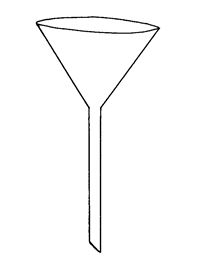
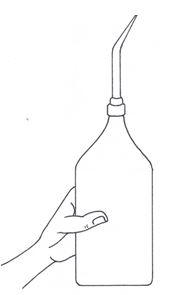

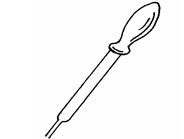

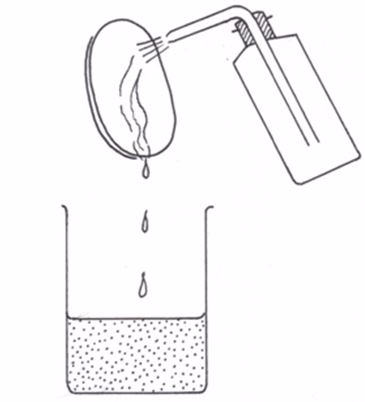
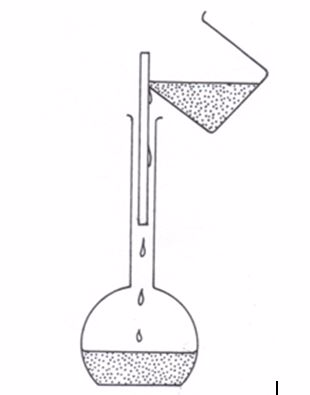
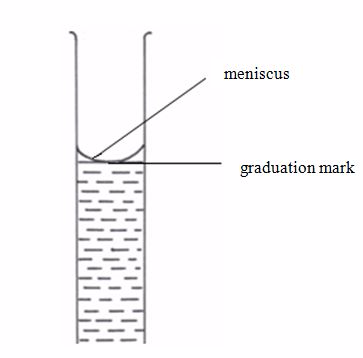

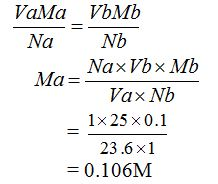
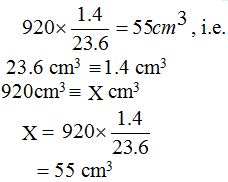


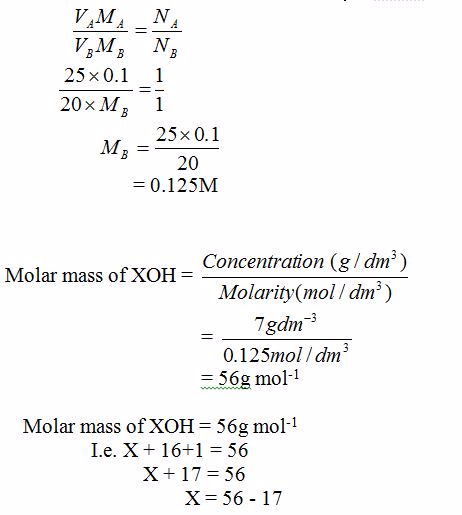
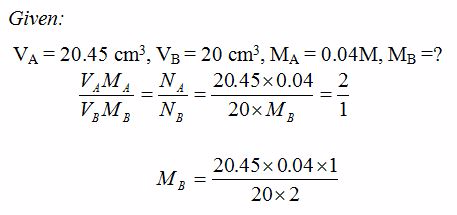

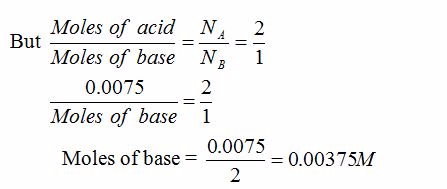
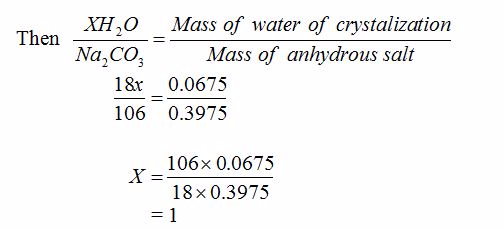






All questions must be solved